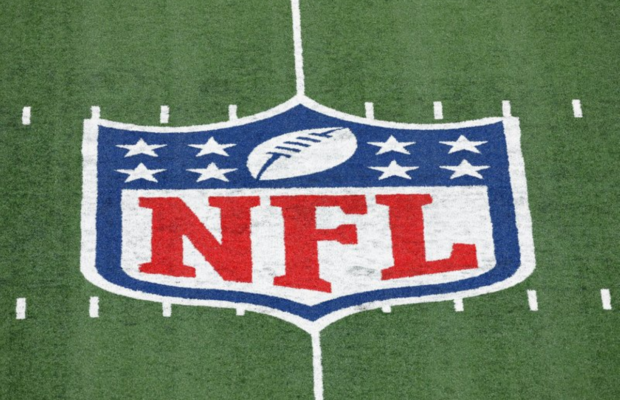Sources say several factors are driving the probable increase in the next several years. There are still some COVID-delayed benefits left to pay out at the NFLPA’s discretion, but this is the first year it’s not in large chunks. Revenue this year is exceeding projections. And the NFL expects new revenue streams next year. If it chooses, the union can effectively defer some dollars that would go toward the 2024 cap into 2025 and 2026 to even out the growth, avoiding a situation where the cap has a massive spike this year and then goes flat.
Lucrative new TV deals that kicked in this year are a significant factor in revenue growth, and, in turn, a players’ share. The 2020 collective bargaining agreement includes a “media kicker” that can increase players’ share of projected revenue from 48% up to as much as 48.8%. (The CBA is a revenue-sharing deal in which the cap is based on players’ share, divided into salary and benefits.)
An agreement between the NFL and the NFLPA called for the union to pay out player benefits — such as performance-based pay, Pro Bowl pay and tuition assistance — that were suspended during the COVID-19 pandemic to help buoy the salary cap sometime after 2023. Those have now mostly been paid off.
The record 2022 salary cap of $208.2 million was the maximum agreed to by the NFL and NFLPA in May 2021 to expedite repayment of what amounted to a low-interest loan that allowed players to continue making full salaries in 2020 despite empty stadiums. The cap had been $198.2 million in 2020 before dropping to $182.5 million in 2021 as part of that process. From 2013 to 2020, the cap had been growing at a pace of $10.74 million a year. The jump to a $224.8 million cap this year marked a new high increase, and the growth in 2024 likely will be similar.
The free-agent negotiating period opens at 12 p.m. ET on Monday, March 11, and the 2024 league year at 4 p.m. ET on Wednesday, March 13.
